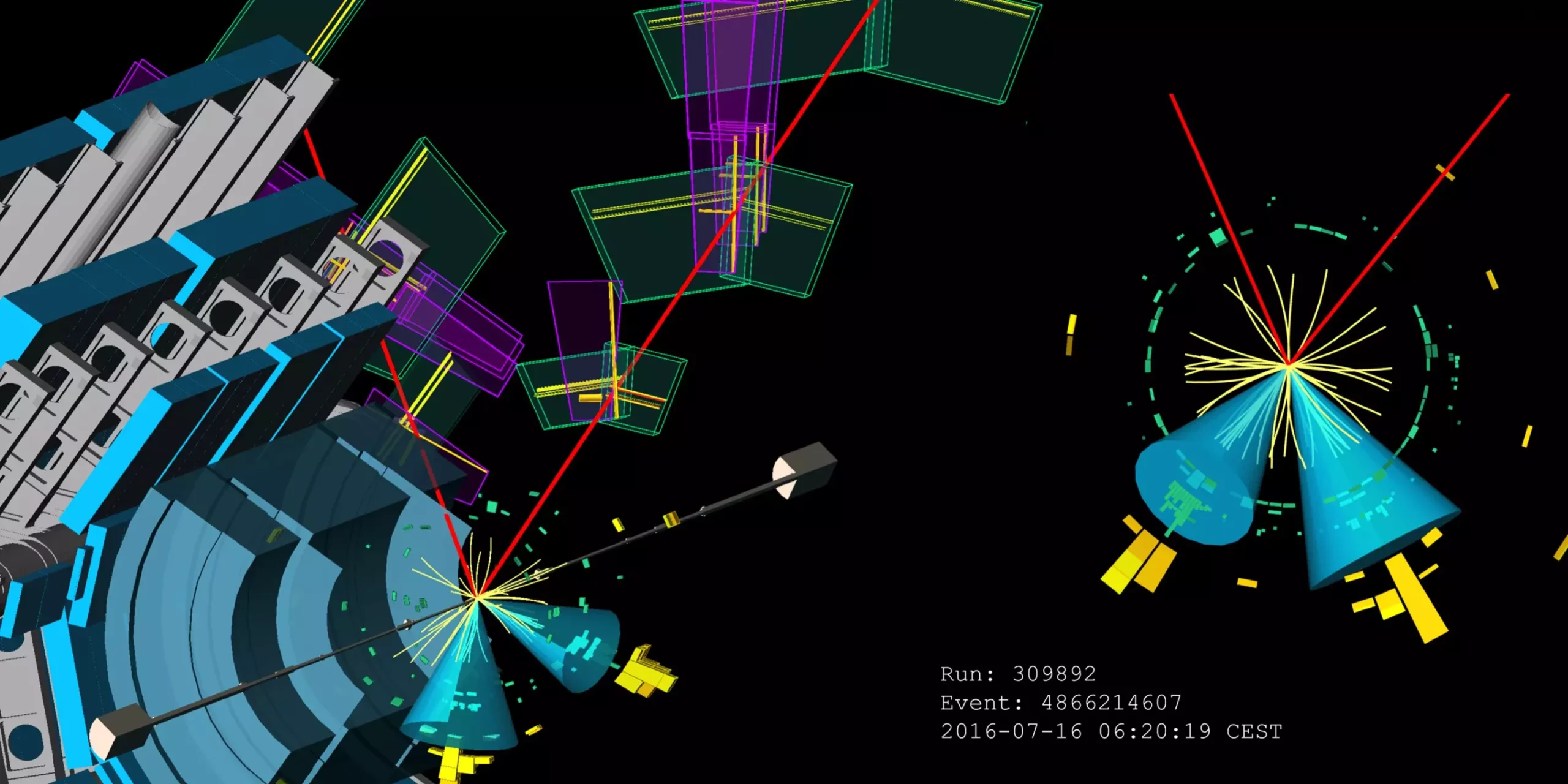The study of the Higgs boson remains one of the most captivating areas in the realm of particle physics, particularly concerning its interactions with fundamental particles. A primary objective of the ATLAS collaboration at CERN has been to refine the measurements of these interactions, which are vital for understanding how particles acquire mass through the mechanism of electroweak symmetry breaking. The importance of these interactions cannot be overstated; they not only deepen our understanding of the universe at its most fundamental level but also serve as benchmarks for the validity of the Standard Model of particle physics.
At the recently held International Conference on High-Energy Physics (ICHEP) 2024, the ATLAS collaboration revealed a series of enhanced measurements regarding the coupling strengths of the Higgs boson with the three heaviest quarks: top, bottom, and charm. The results were derived from a meticulous reanalysis of data collected during the second run of the Large Hadron Collider (LHC), spanning 2015 to 2018. This updated analysis employed significantly refined methods, such as advanced jet tagging techniques, which proved crucial in increasing the precision of measurements regarding the Higgs boson’s decay processes.
Understanding jets is integral to analyzing data from high-energy collisions. In essence, jets are sprays of particles generated when a quark fragments following the decay of the Higgs boson. These jets are predominantly composed of hadrons, making their identification a non-trivial task. The process of jet tagging involves meticulous scrutiny of the properties of these jets to ascertain the type or “flavor” of the originating quark. Advanced tagging techniques specifically tuned for charm and bottom quarks significantly enhanced the sensitivity of the ATLAS detectors, dramatically improving the observation rates for significant Higgs decay channels.
The refined analysis yielded remarkable results, most notably the first observation of the process WH, H → bb with a significance of 5.3σ, representing a significant milestone in Higgs research. Additionally, the analysis of the ZH, H → bb process achieved a significance of 4.9σ. These results underscore the success of the new jet tagging techniques as well as the overall advancements in measurement methodologies. However, while the decay of the Higgs boson into bottom (b) quarks was successfully observed, the decay into charm (c) quarks remains a challenge due to a suppression factor, yielding an upper limit that is 11.3 times that of the Standard Model predictions.
In tandem with improvements on bottom and charm quark interactions, the collaboration also zeroed in on the Higgs boson’s engagement with top quarks. This investigation particularly assessed the Higgs production alongside two top quarks, followed by decay into bottom quarks. This specific interaction is complicated by a convoluted final state and substantial background noise arising from other top quark processes. The latest analytical advancements have improved sensitivity for this challenging measurement by a factor of two, yielding a signal strength of 0.81 ± 0.21, thus bringing new insights that align closely with the Standard Model predictions.
As the ATLAS collaboration continues to harness enhanced analysis techniques and incorporates new data from the current LHC Run 3, the potential for achieving even more intricate and precise measurements is promising. The high-stakes research surrounding Higgs boson interactions not only reflects on fundamental physics but also sets the stage for breakthroughs anticipated from the High-Luminosity LHC (HL-LHC). This new era of data acquisition is expected to vastly improve the feasibility of detecting rare processes, such as H → cc, thus opening avenues for future discoveries that could redefine our understanding of particle physics.
The pursuit of detailed measurements of Higgs boson interactions is not just a quest for precision; it is a gateway to unravel the complexities of mass generation and the fundamental forces governing our universe. The recent presentations and analyses promise to shed light on these profound questions, reinforcing the ATLAS collaboration’s pivotal role in advancing our knowledge in high-energy physics.

